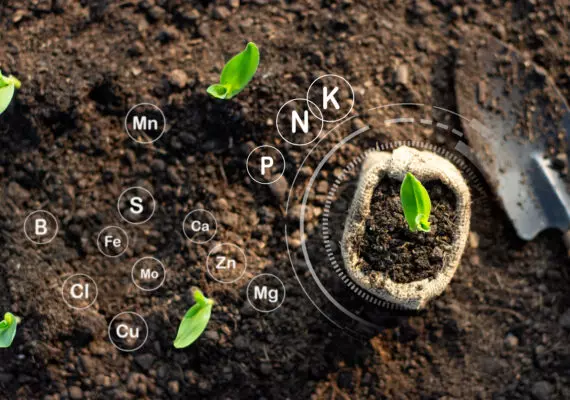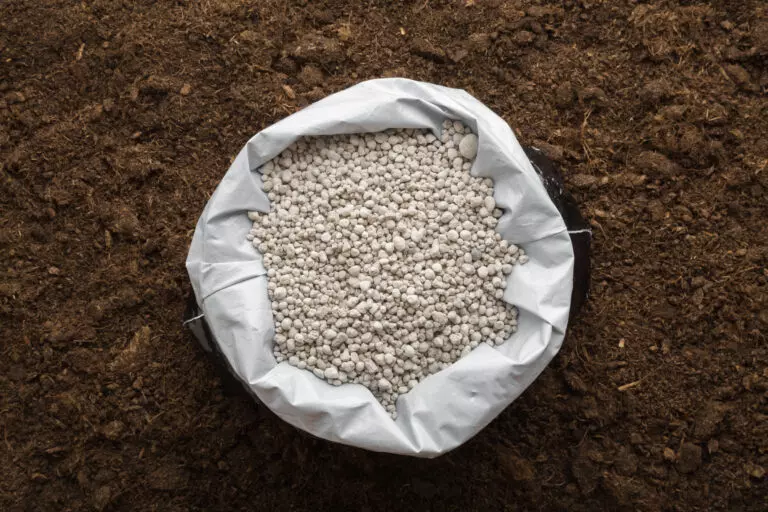
ARE PODZOLIC SOILS FERTILE? CHARACTERISTICS
Podzolic soils are not fertile. They form on sands. Their eluvial (leaching) horizon is bleached, and light-ashy (hence their name). They are also characterized by a rusty-brown color of the illuvial horizon (accumulation).
Podzolic soils have their diagnostic horizon – spodic – with a rusty color, which is due to the precipitation of iron, humus, and aluminum compounds.
The pH of podzolic soils is acidic. Their pH usually remains in the range of 3.0–5.5. They constitute about 35% of all soils in Poland.
Interestingly, they have only one subtype – proper podzolic soil. Its basic building material is rocks – sandy and loose in lowland areas, carbonate-free in mountainous areas.
Podzolic soils most commonly form in areas covered with forest vegetation. They include the following fractions:
from 0.5 mm to 1.0 mm – 95%,
transported parts – 5%.
HOW DOES THE PODZOLIZATION PROCESS OF SOIL OCCUR?
When podzolic soils form, we talk about the so-called podzolization process. It involves the leaching of minerals and humus from the upper soil layer, which precipitate in its lower layers.
In podzolic soils, the following soil horizons can be observed:
organic horizon,
humus horizon,
white leaching horizon (albic),
rusty enrichment horizon (spodic),
parent rock.
For the podzolization process, the soil, known as the podzolic process, must be strongly acidified. Its pH should range from 3.0 to 4.5. In such conditions, the process of weathering of minerals contained in the soil (mainly silicates) occurs much faster. The current climate in Poland does not favor podzolization. The best climate for it is moderately cold with a high amount of precipitation.
Sandstone granites, rocks with a high content of silica, and loose quartz sands are most often subject to podzolization.
Na proces bielicowania wpływa wiele czynników. Są to między innymi:
- występująca roślinność,
- skała macierzysta, zawierająca niski poziom związków azotowych,
- panujący klimat,
- czas, w jakim przebiega cały proces.
The podzolization process is possible due to strongly acidified water. It penetrates the deeper layers of the soil and dissolves salts and carbonates in them. The topsoil becomes impoverished. Calcium, sodium, potassium, magnesium ions, and phosphorus disappear from it. Meanwhile, in this layer of soil, there is an increase in the concentration of aluminum and hydrogen ions. The upper layer becomes acidic. Iron and aluminum hydroxides decompose into basic cations. Silicates, on the other hand, decompose into silica. As a result, clay minerals can form. Due to the high acidity of the soil, these minerals break down very quickly. Sometimes they may not even form at all. When they do not form, their place is taken by humic-mineral compounds. They are mainly composed of silica iron and aluminum hydroxides. They dissolve easily in water, thus being transported to deeper soil layers.
Many factors influence the podzolization process. These include:
existing vegetation,
parent rock containing a low level of nitrogen compounds,
climate,
time in which the whole process takes place.
Where there is coniferous vegetation, acidic organic matter accumulates in the soil, and litter has a higher acidity. This does not favor the formation of humus. Rainfall combines with the soil and becomes acidified. They penetrate the lower parts of the soil, along with undecomposed vegetation residues. In the lower layers of the soil, they interact with fungi (where they undergo decomposition). This results in further soil acidification. In such conditions, or-type humus is formed, characteristic of acidified litter.
Clay has a significant influence on the podzolization process. It is an element that easily moves to lower soil levels. It can be found especially at the illuvial level, where other organic compounds also occur. In podzolic soils at the spodic level, organic compounds precipitate: humus, iron, silica, and aluminum. They then turn into a gel-like form and take on characteristic colors: rusty and brown.

WHERE IN POLAND DO PODZOLIC SOILS OCCUR?
Podzolic soils are most commonly found where there are dunes, both coastal and inland, as well as in glacial valleys. Because they are poor in nutrients, pine forests often grow on them.
In the world, podzolic soils can be found in:
Central Europe,
Northern Europe,
Eastern European Plain,
Canada,
Northern USA.
In Poland, podzolic soils are located:
in the Lublin Polesie in the Janowskie Forests,
in the Sandomierz Primeval Forest,
in the Toruń-Eberswalde Glacial Valley,
in the Warsaw-Berlin Glacial Valley,
in the Łeba-Reda Glacial Valley,
in the Głogów Glacial Valley,
in the Sand Dunes,
in the Wkrzańska Primeval Forest,
in the Goleniów Primeval Forest,
in the Augustów Primeval Forest,
in the Dolnośląskie Forests,
on the Opole Plain,
in the Kurpie Primeval Forest,
in the Tuchola Forests.
They also appear on coastal and inland dunes and in smaller areas throughout Poland.






